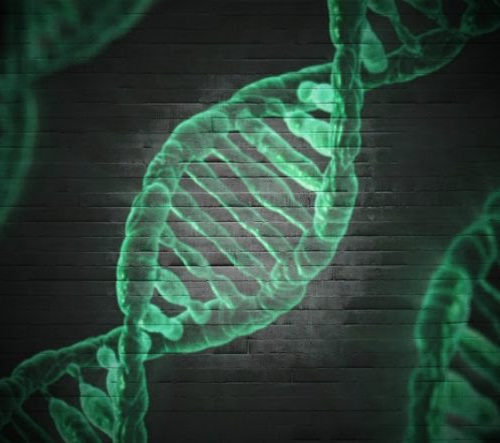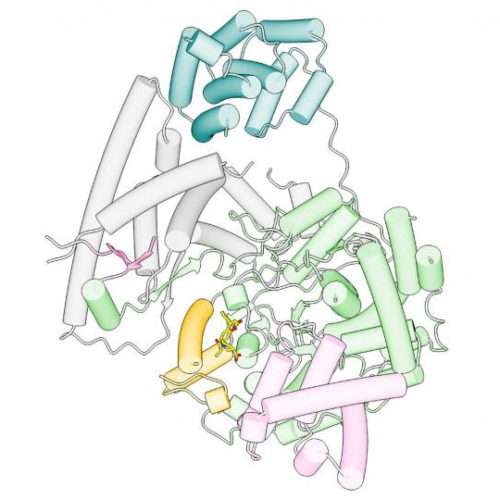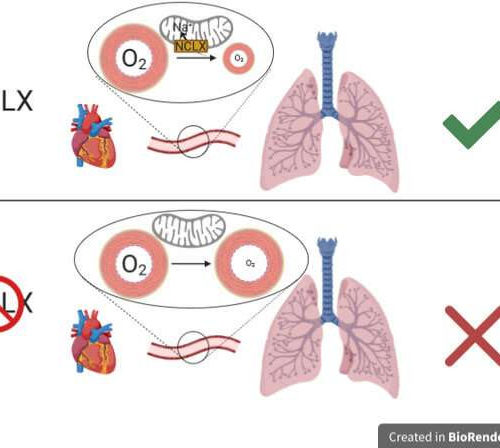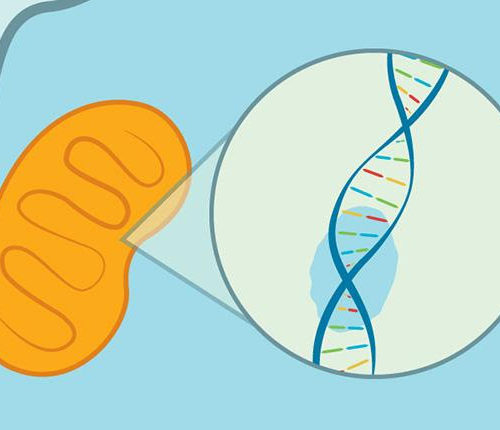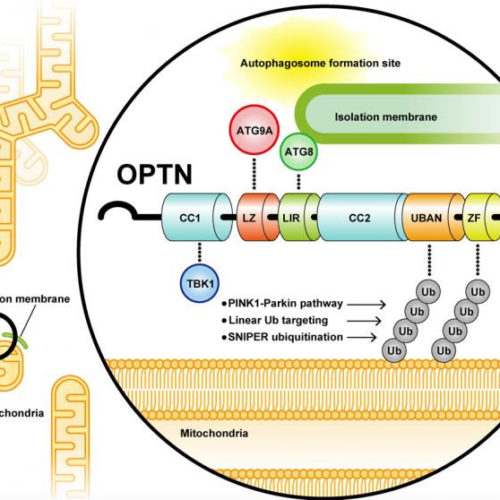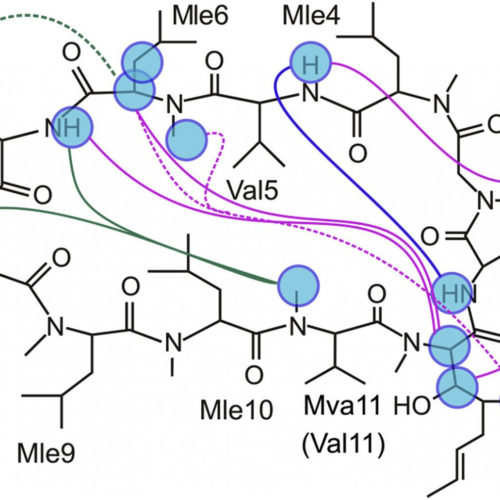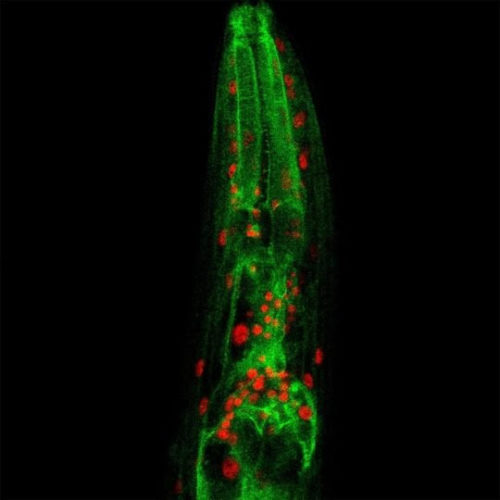The key to a universal cancer therapy is to find a vulnerability that is (a) common to all cancers, something fundamental to cancer as a class, (b) nowhere near as prevalent in normal cells, and (c) can be cost-effectively exploited as a basis for treatment. Lengthening of telomeres is a good example, and an area in which at...
Category: <span>Mitochondrial Protease Therapy</span>
New drug inhibits the growth of cancer cells
MAX-PLANCK-GESELLSCHAFT IMAGE: CARTOON REPRESENTATION OF THE POLRMT-INHIBITOR COMPLEX. CREDIT: HAUKE S. HILLEN A newly developed compound starves cancer cells by attacking their “power plants” – the so-called mitochondria. The new compound prevents the genetic information within mitochondria from being read. Researchers from the Max Planck Institute for Biology of Ageing in Cologne, the Karolinska Institute...
Reducing proton leak restores function in aging heart cells
Blocking proton leaks in mitochondria via a transport protein can rejuvenate aging heart cells and helps reverse aging heart dysfunction. Scientists have revealed a mechanism that causes heart cells to age and identified a drug that can rejuvenate them, according to a study published in eLife. The drug is now in clinical trials. The results provide...
Probe detects the destruction of defective mitochondria
by RIKEN Figure 1: Colored transmission electron micrograph of a single mitochondrion in a human pancreas cell. RIKEN researchers have developed a fluorescent probe that can detect the programmed death of defective mitochondria in the lysosomes. Credit: K.R. PORTER/ SCIENCE PHOTO LIBRARY A versatile probe that can detect with pinpoint accuracy the programmed destruction of...
Scientists decipher key mechanism in hypoxia
by Centro Nacional de Investigaciones Cardiovasculares Carlos III (F.S.P.) The figure illustrates the role of the mitochondrial Ca2+/Na+ exchanger (NCLX) in the early adaptation to low oxygen concentrations (hypoxia) through the entry of sodium into the mitochondrial interior. This role is exemplified by hypoxic vasoconstriction of the pulmonary artery, which connects the heart to the...
New molecular tool precisely edits mitochondrial DNA
UW microbiologists discovered a bacterial toxin that, when engineered, is a key part of a gene editor that can make single-base changes in human mitochondria. The genome in mitochondria — the cell’s energy-producing organelles — is involved in disease and key biological functions, and the ability to precisely alter this DNA would allow scientists to...
OPTN-ATG9 interaction accelerates autophagic degradation of ubiquitin-labeled mitochondria
TOKYO METROPOLITAN INSTITUTE OF MEDICAL SCIENCE DAMAGED MITOCHONDRIA ARE SELECTIVELY ELIMINATED VIA AUTOPHAGY CALLED MITOPHAGY. IN MAMMALIAN CELLS, UBIQUITIN CHAINS ON THE DAMAGED MITOCHONDRIA PLAY CRITICAL ROLES TO INDUCE MITOPHAGY. Researchers at TMIMS have revealed that PINK1 (a serine/threonine kinase) and Parkin (a ubiquitin ligating enzyme: E3) work together to ubiquitylate the outer membrane proteins...
Cyclosporin study may lead to novel ways of approaching mitochondrial dysfunction
Cyclic peptide molecules of the fungal origin called cyclosporins were discovered in 1970’s, and cyclosporin A soon became an important drug due to its immunosuppressive activity. The details of the biochemical reactions involving cyclosporin were elucidated by the beginning of 1990s, but still some aspects of the behavior of this molecule raise questions. Investigation started...
Subcellular chatter regulates longevity
As people get older, they often feel less energetic, mobile or active. This may be due in part to a decline in mitochondria, the tiny powerhouses inside of our cells, which provide energy and regulate metabolism. In fact, mitochondria decline with age not only in humans, but in many species. Why they do so is...
The brain’s powerhouses are damaged in Creutzfeldt-Jacob disease
Charlampos “Haris” Tzoulis with groundbreaking research on Creutzfeldt-Jacob disease. Credit: Ingvild Festervoll Melien A study performed by researchers from the University of Bergen, Norway, and the University of Vienna, Austria, shows damage of the mitochondria—the cell’s microscopic powerhouses—in the brains of people with Creutzfeldt-Jacob disease. The researchers found that the mitochondrial power generator (known as...

